The Lawrence Trophy was instituted in 1934 by Sir Walter Lawrence, a successful builder and keen promoter of all sports, and is given to the player who scores the fastest century of the season, “with the object of encouraging brighter cricket and stimulating public interest in the game” as the papers reported. The trophy came with an order on a London store for one hundred guineas (£110), so it was obviously expected that the winners would all be professionals. Originally, the trophy was to be awarded for the fastest first-class hundred in terms of time taken, which was the criterion until 1939, the year in which Lawrence died, and World War II paused all cricket. From 1945 to 1965, the Trophy was not awarded, but in 1966, it was reintroduced by Lawrence’s grandson-in-law and awarded to the fastest England century in a Test match. Then from 1971, the original idea was revived and the trophy was awarded to the man who made the fastest century in first-class cricket in England. This was judged by time taken until 1984, but from 1985 it was measured in balls faced. From 2008, white ball cricket was included in the calculations, and that’s the way it is still worked out.
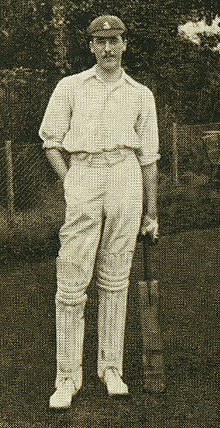
Kent players have won the trophy eight times, which is more than any other county. We took the lead in this race in 1934, when the first ever award went to Frank Woolley, and we have retained the lead ever since. Woolley’s innings was played against Northamptonshire at Dover, on 17th August 1934. The great left-hander scored 104, reaching his century in 63 minutes, an innings which included ‘dazzling strokeplay all around the wicket”, according to Wisden, including 3 sixes and 14 fours. There is no record of the number of balls he faced, but he opened the batting in Kent’s second innings, and was out before the score reached 150. The total innings, 194 for 4, lasted only 31 overs, so he probably faced no more than 80 balls. At the time he was the county’s go-to batter when quick runs were needed, even though he was then 47 years old.
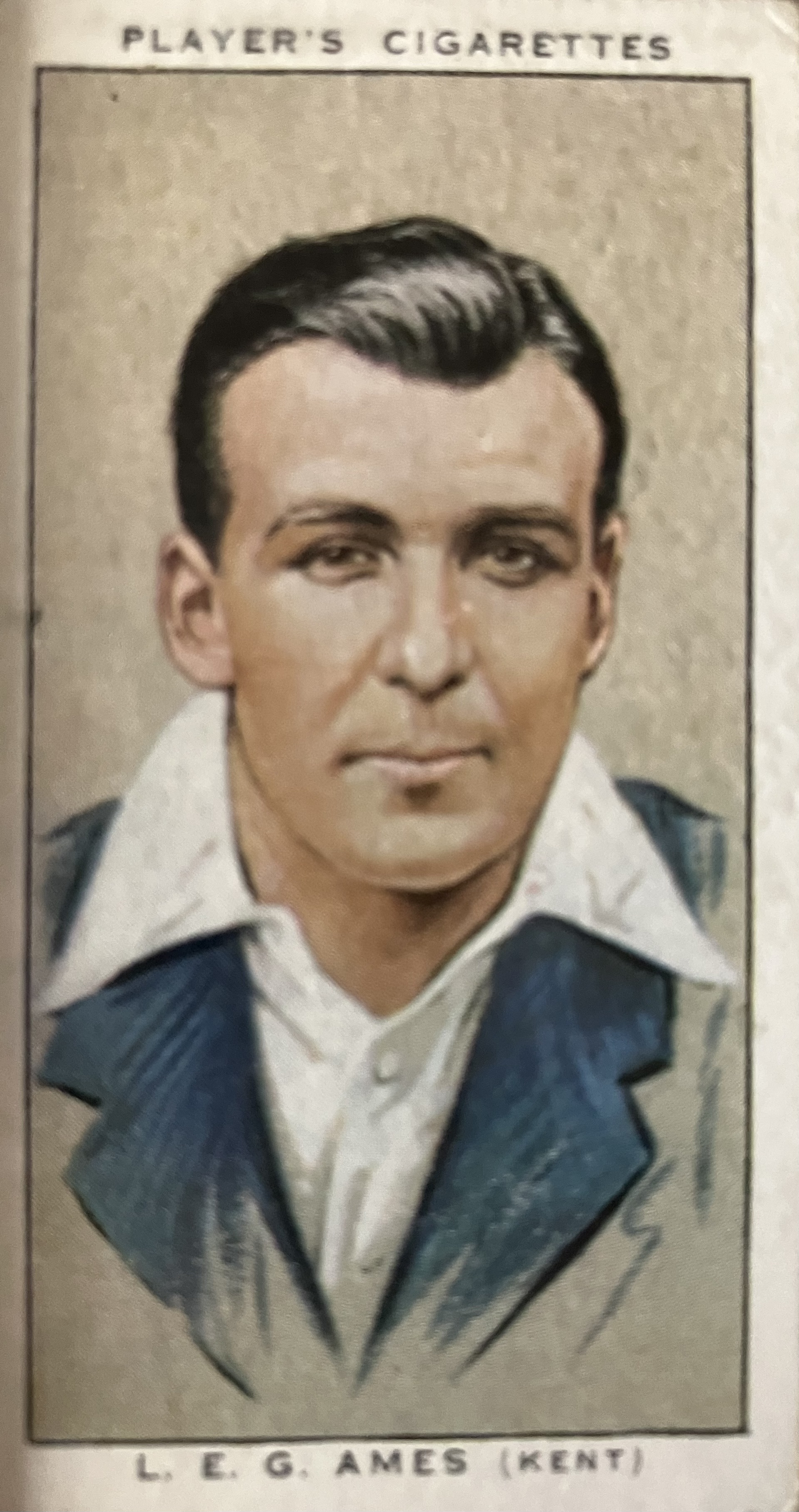
The second Kent player to win the trophy was Leslie Ames. He actually won it twice in the 1930s, in 1936 and 1939. In 1936 he won it playing for An England XI against the Indian touring team in a festival game at Folkestone. The “England XI” included no fewer than 7 Kent players, and Ames hit 107 in the second innings of this drawn match. It took him 68 minutes to reach his hundred. In 1939, he was playing for Kent against Surrey at the Oval, and this time his century came up in 67 minutes. Kent sped to victory by seven wickets, hitting the required 234 runs in 26.2 overs, with Ames finishing on 136 not out. Alf Gover had figures of 1 for 67 in 6 overs, an analysis even a T20 bowler would try to avoid mentioning.
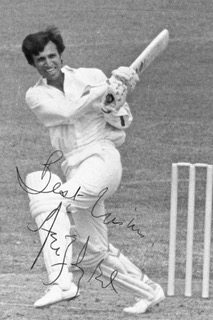
The next Kent player to win the Lawrence Trophy was Asif Iqbal, 34 years after Ames, in 1973. For Kent against MCC at Canterbury on 25th May that year, he scored 103 not out as Kent won an exciting game by 8 runs. In conditions that the Kent yearbook described as perfect, Asif and John Shepherd added 125 together in short time, Asif completing his hundred in 72 minutes. Perhaps the slightly slower over rates compared with pre-war cricket meant that his time was slower than Woolley or Ames, but anybody who saw Asif in his prime knows it must have been a joy to watch.
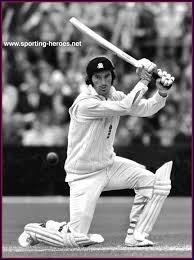
Three years later, the winner was Alan Knott. In a close fought drawn game against Sussex at Canterbury from 8 September 1976, Knott hit 144, including 20 fours and 2 sixes, out of Kent’s first innings total of 432 for 6. The Kent yearbook says he “batted superbly” and reached his hundred in 70 minutes, ending with 144 in 99 minutes. Asif Iqbal, who was also playing, showed that he had not lost his fast-scoring skills by hitting 40 in 27 minutes in Kent’s second innings.
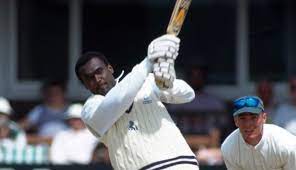
We had to wait until 1998 for another winner, the astonishing Carl Hooper. By this time, the speed of centuries was measured in balls faced rather than time taken, but it was still concerned with first-class cricket only. Hooper, who in his first appearance at Canterbury in 1992 had hit the ball clean over the lime tree for 6, played brilliantly to reach his hundred off 72 balls, with 15 fours and three 6s. This equalled the season’s record set earlier by Ali Brown of Surrey, with whom Hooper thus shared the trophy.. Hooper’s second fifty came off only 28 balls and he finished on 154. He had great support from Matthew Fleming, who made 40 and obviously learned a great deal about quick scoring from watching Hooper at the other end.

Four seasons later, it was Fleming’s turn to win the trophy. In a rain affected game in late April 2002, Jazzer hit 102 off 66 balls, and then was out the very next ball. His innings included 12 fours and 3 sixes. He put on a very rapid 176 with Geraint Jones for the 6th wicket, but the main oddity of the game was that the Sri Lankans conceded no fewer than 40 no balls in a total of 419 for 6.
By 2013, when a Kent player next won the trophy, the qualifying matches included white-ball games as well as first-class matches. No prizes for guessing who was the winner that year – Darren Stevens. Against Sussex in the Yorkshire Bank 40 over competition on 19 June that year, Stevo hit 118 off 53 balls, his hundred coming up in 44 balls. Kent were chasing a then record high score of 337 to win, which they did with 9 balls to spare. We read that Stevens “produced his own brand of fireworks” in an innings that included 12 fours and “7 huge sixes”. As a footnote to this innings, Stevo’s 44 ball century only equalled the Kent record, set by Mark Ealham in 1995, when white ball innings did not qualify for the Lawrence trophy. Ealham himself also won the Walter Lawrence Trophy, but not for that 1995 innings but for an innings in 2006, when he was playing for Nottinghamshire.
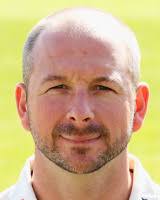
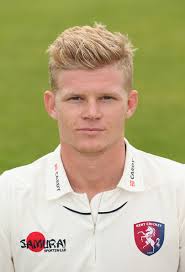
The final (so far) Kent winner of the Lawrence Trophy is Sam Billings. On 31 July 2014, he hit 135 not out, in a total of 383 for 7 off 50 overs at Taunton against Somerset in the Royal London One Day Cup. He reached his hundred in 46 balls, and his 135 was made in 58 balls with 17 fours and 5 sixes. Despite his brilliance, and a run-a-ball century from Sam Northeast, Kent only won by 2 runs. That helped us reach the knockout stages but we missed out on a final by losing to Warwickshire in the semis.
It may well be that the Walter Lawrence Trophy is not the most prestigious cricket trophy, but ask any of the winners and they will be more than happy to reminisce about their ultra-quick innings.
0 Comments